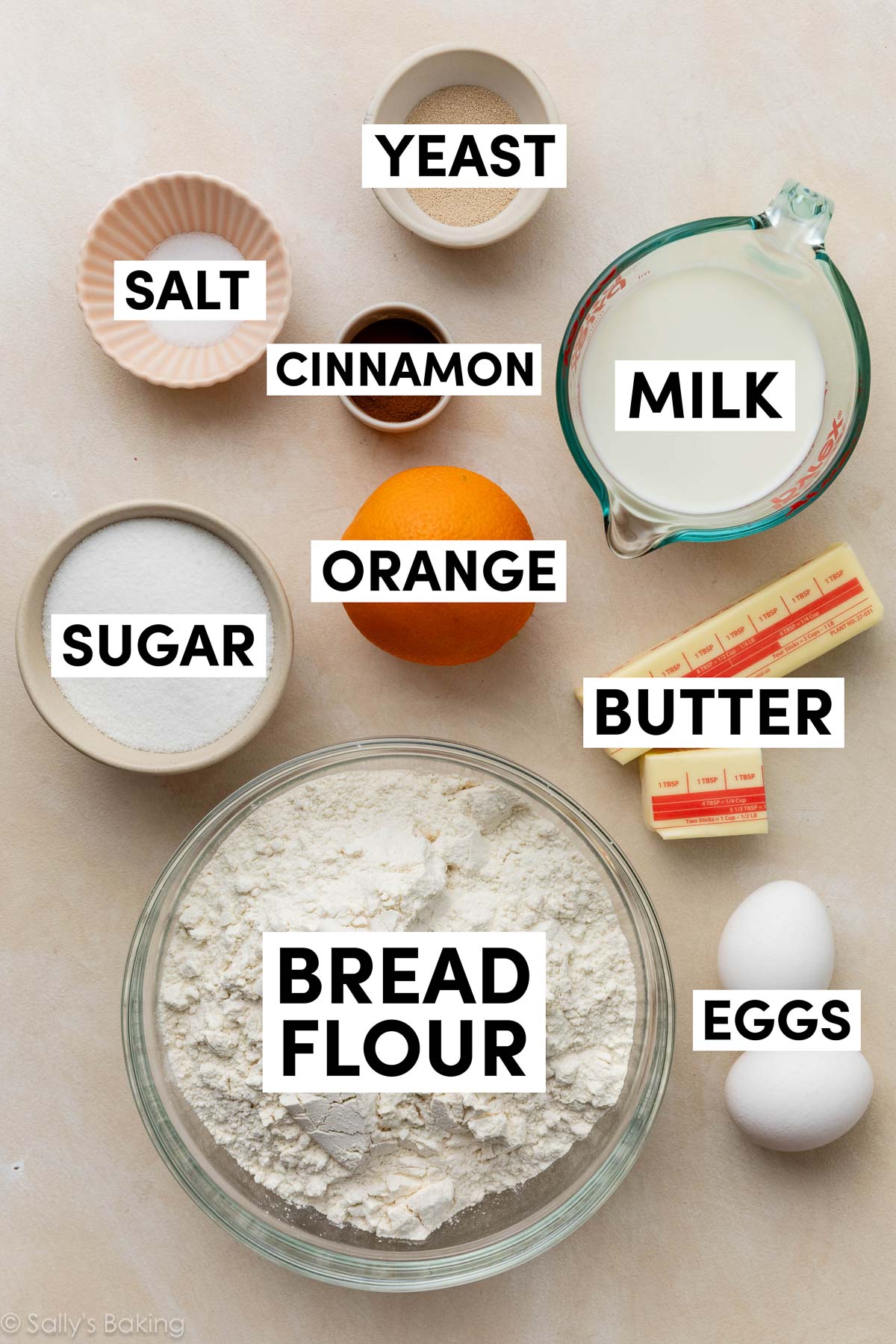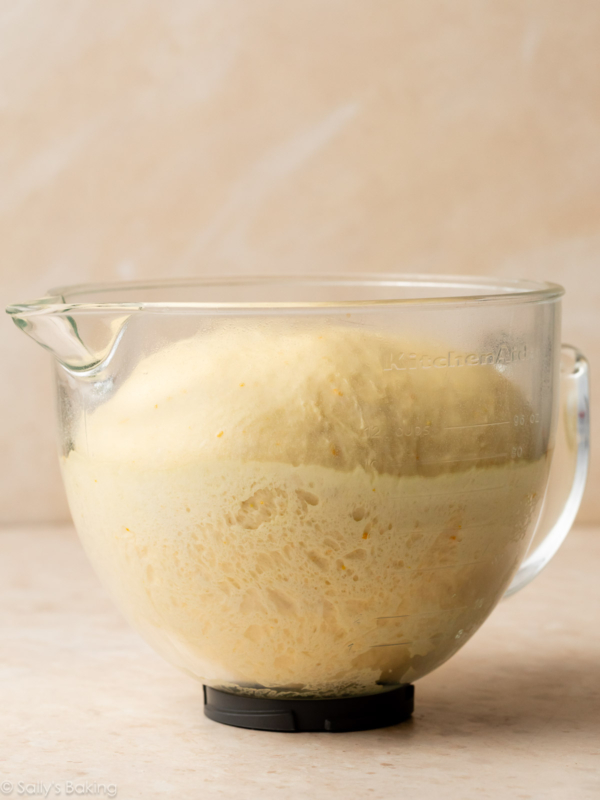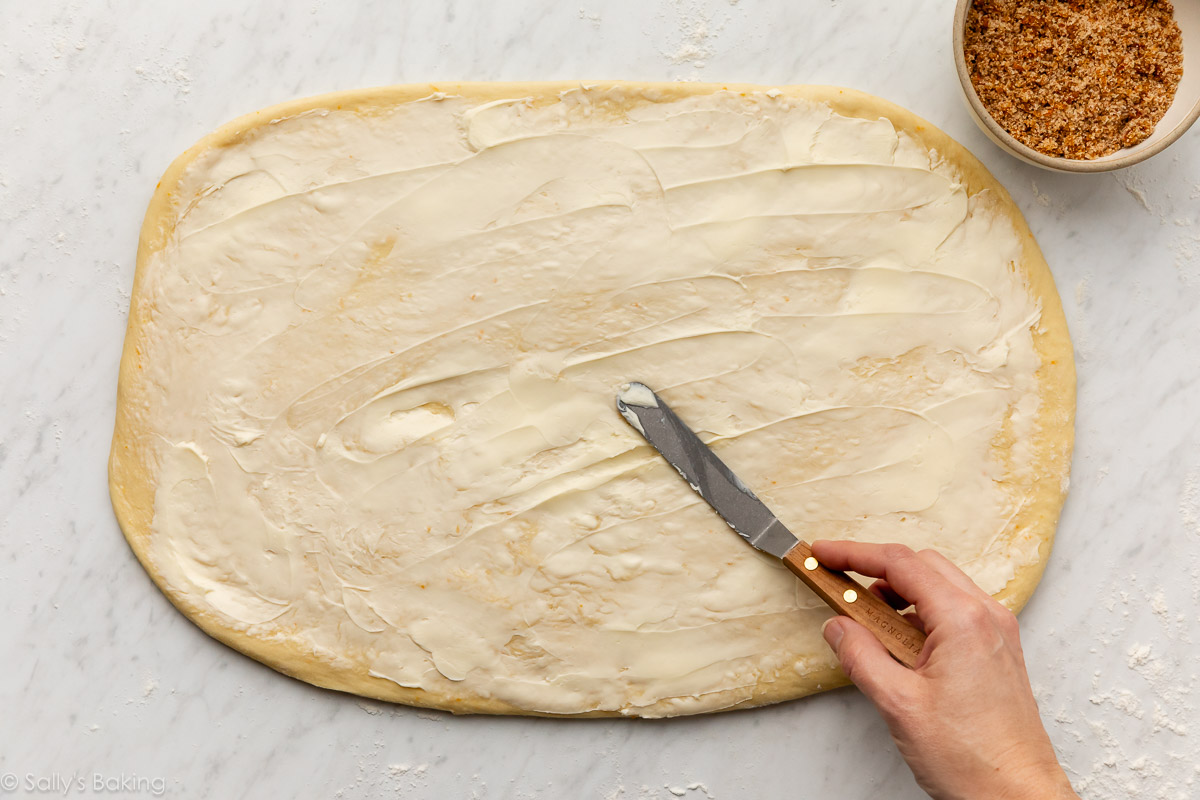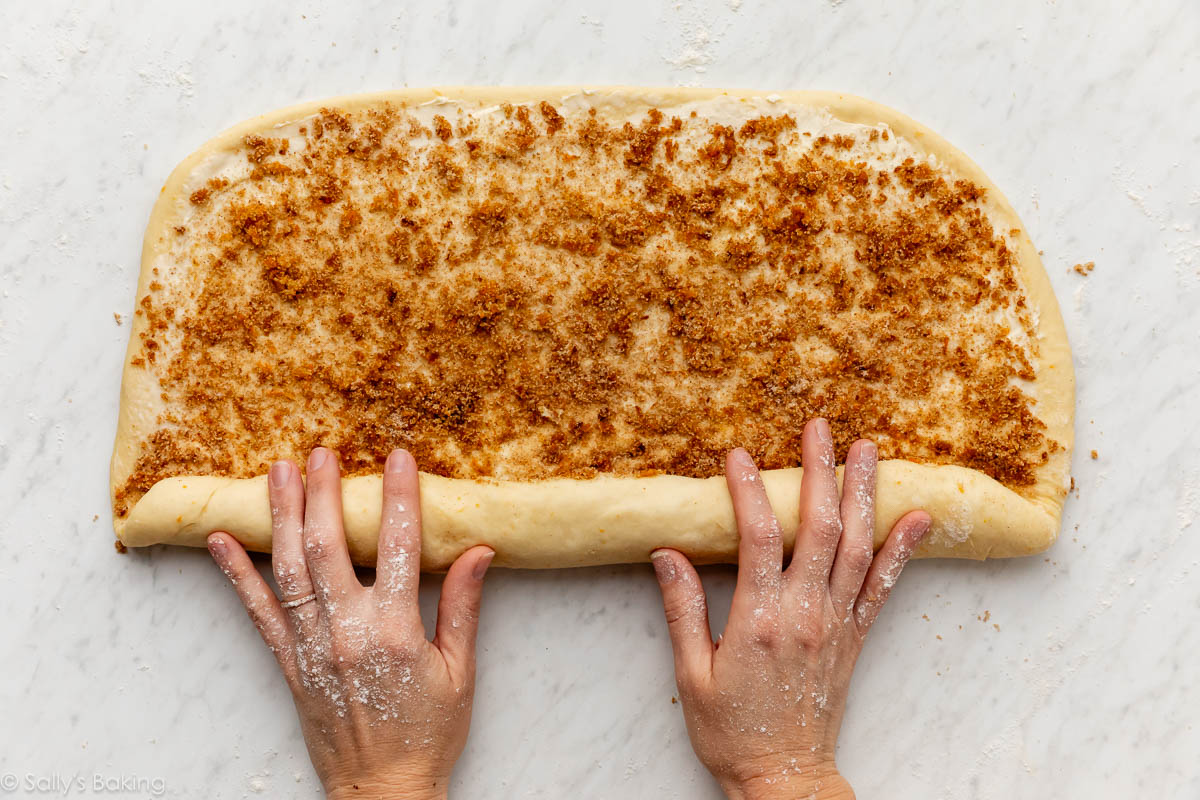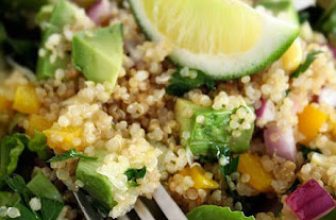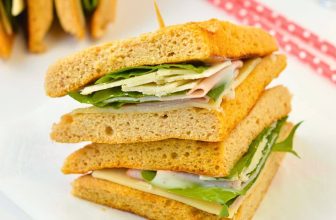Description
These bright and fresh homemade orange sweet rolls start with a soft and buttery homemade dough, and are rolled up with a zesty citrus-cinnamon-sugar filling. A generous drizzle of orange icing over the warm rolls seals the deal: citrus lovers may never go back to regular cinnamon rolls! You can make the rolls within a few hours or get started the night before using the overnight preparation option.
Dough
Filling
Orange Icing
- Prepare the dough: Whisk the warm milk, 2 Tablespoons sugar, and the yeast together in the bowl of your stand mixer fitted with a dough hook attachment. Cover and allow mixture to sit for about 5 minutes or until foamy on top. *If you do not own a mixer, you can do this in a large mixing bowl and in the next step, mix the dough together with a large wooden spoon/silicone spatula. It will take a bit of arm muscle. A hand mixer works, but the sticky dough repeatedly gets stuck in the beaters. Mixing by hand with a wooden spoon or silicone spatula is a better choice.*
- Add the remaining sugar, the butter, orange juice, orange zest, eggs, salt, and 1 cup (about 130g) of flour and beat on medium speed for 1 minute. Stop and scrape down the sides of the bowl. Add 3 more cups (about 400g) flour and beat on low speed until a soft dough forms and pulls away from the sides of the bowl. Dough will be very soft, but should not feel overly sticky. If dough seems too soft and sticky to knead by hand, beat in a little more flour, 1 Tablespoon at a time, until dough pulls away from the sides of the bowl and wraps itself around the dough hook.
- Knead the dough: Keep the dough in the mixer and beat on low speed for an additional 6–8 full minutes; or knead by hand on a lightly floured surface for 6–8 full minutes. (If you’re new to bread-baking, my How to Knead Dough video tutorial can help here.) If the dough becomes too sticky during the kneading process, sprinkle 1 teaspoon of flour at a time on the dough or on the work surface/in the bowl to make a soft, slightly tacky dough. Do not add more flour than you need because you do not want a dry dough. After kneading, the dough should still feel a little soft. Poke it with your finger—if it slowly bounces back, your dough is ready to rise. You can also do a “windowpane test” to see if your dough has been kneaded long enough: tear off a small (roughly golfball-size) piece of dough and gently stretch it out until it’s thin enough for light to pass through it. Hold it up to a window or light. Does light pass through the stretched dough without the dough tearing first? If so, your dough has been kneaded long enough and is ready to rise. If not, keep kneading until it passes the windowpane test.
- 1st rise: Lightly grease a large bowl with oil or nonstick spray. Place the dough in the bowl, turning it to coat all sides in the oil. Cover the bowl with aluminum foil, plastic wrap, or a clean kitchen towel. Allow the dough to rise in a relatively warm environment for 1.5–2 hours or until about double in size. (I always let it rise on the counter and it takes about 2 hours. For a tiny reduction in rise time, see my answer to Where Should Dough Rise? in my Baking with Yeast Guide.)
- Grease the bottom and sides of a metal or glass 9×13-inch baking dish, or line with parchment paper.
- Roll out the dough: Punch down the dough to release the air. Place dough on a lightly floured work surface and with a lightly floured rolling pin, roll dough into a 10×16-inch rectangle. Make sure the dough is smooth and evenly thick. If the dough keeps shrinking as you roll it out, stop what you’re doing, cover it lightly, and let it rest for 10 minutes to relax the gluten. When you return to the dough, it should stretch out much easier.
- For the filling: Spread the softened butter all over the dough. The softer the butter is, the easier it is to spread. Mix the remaining filling ingredients together until the zest has moistened it (use your fingers if needed), then sprinkle evenly on top of the butter. Tightly roll up the dough to form a 16-inch-long log. With an extra sharp knife, cut into 12 even rolls, between 1–1.5 inches wide each. Arrange in the prepared baking pan.
- 2nd rise: Cover the rolls tightly and allow to rise until puffy, about 30–45 minutes. (Or use the overnight option in the Notes below.)
- Preheat the oven to 350°F (177°C). Bake rolls for about 25–28 minutes or until they are lightly browned on top. After about 15 minutes, loosely tent a piece of aluminum foil over the top of the pan to prevent the tops from browning too quickly. If you have an instant-read thermometer, the rolls’ internal temperature should reach 190°F (88°C). Remove pan from the oven and place on a cooling rack to cool slightly (about 10 minutes) while you make the icing.
- Make the icing: In a small bowl or liquid measuring cup, whisk confectioners’ sugar, orange juice, and vanilla extract together until combined and smooth. Drizzle over the warm rolls and serve immediately.
- Cover leftover sweet rolls tightly and store at room temperature for up to 2 days, or in the refrigerator for up to 5 days.
Notes
- Make Ahead Instructions – Overnight: To prepare the night before serving, prepare the rolls through step 7. Cover the rolls tightly and refrigerate for 8–12 hours. (16 hours max. 8–12 hours is best, but 16 hours is OK if absolutely needed. Do not exceed 16 hours.) The next morning, remove from the refrigerator and allow to rise on the counter for 1–2 hours before continuing with step 9.
- Make Ahead Instructions – Freezing: Baked rolls can be frozen up to 2–3 months. Thaw overnight in the refrigerator and warm up before enjoying. You can also freeze the unbaked rolls and here’s how: par-bake the rolls in step 9 for only about 10 minutes. Cool completely, then cover tightly with a layer of plastic wrap followed by a layer of aluminum foil and freeze. To serve, take the pan of rolls out of the freezer and place in the refrigerator overnight to thaw. Once thawed, uncover and finish baking them for about 20 minutes.
- Special Tools (affiliate links): Electric Stand Mixer (or Glass Mixing Bowl with Wooden Spoon/Silicone Spatula) | Citrus Juicer | Citrus Zester | 9×13-inch Baking Pan | Rolling Pin | Cooling Rack | Whisk | Instant-Read Thermometer
- Milk: Use whole milk for the best, richest-tasting dough. You could also use buttermilk for a tangier-tasting dough. Reduced-fat or nondairy milk work in a pinch. Do not use nonfat milk.
- Yeast: Make sure you use 1 Tablespoon of yeast, which is a little more than 1 standard packet. You can use active dry or instant yeast in this recipe. Follow all of the same instructions. If using active dry yeast, the rise times are usually *slightly* longer, but not much. Reference my Baking with Yeast Guide for answers to common yeast FAQs.
- Flour: For best texture, I recommend bread flour. The same amount of all-purpose flour works and the rolls will still be wonderfully rich and soft. The rolls are a little chewier and flakier when using bread flour.
- Half Batch: You can halve this recipe by halving all of the ingredients and using an 8 or 9 inch square or round pan. The 1st dough rise time may be a bit shorter. Roll the dough out to (approximately) a 7×10 inch rectangle. Roll up into a 10 inch log, then cut into 6 rolls. 2nd dough rise time will be about the same. Bake time is a few minutes shorter.
- Update in 2025: This recipe used to closely mirror my 1-rise cinnamon rolls dough and process, but I updated it in 2025 to produce a richer, softer, flakier-tasting dough. The results are outstanding. If you’re a fan of the original, here’s how to make them: follow my easy cinnamon rolls recipe and instructions, and add 1 Tablespoon fresh orange juice and 1 Tablespoon fresh orange zest to the dough when you add the egg. In the filling, add 1 Tablespoon orange zest. Use the orange icing you see above.



